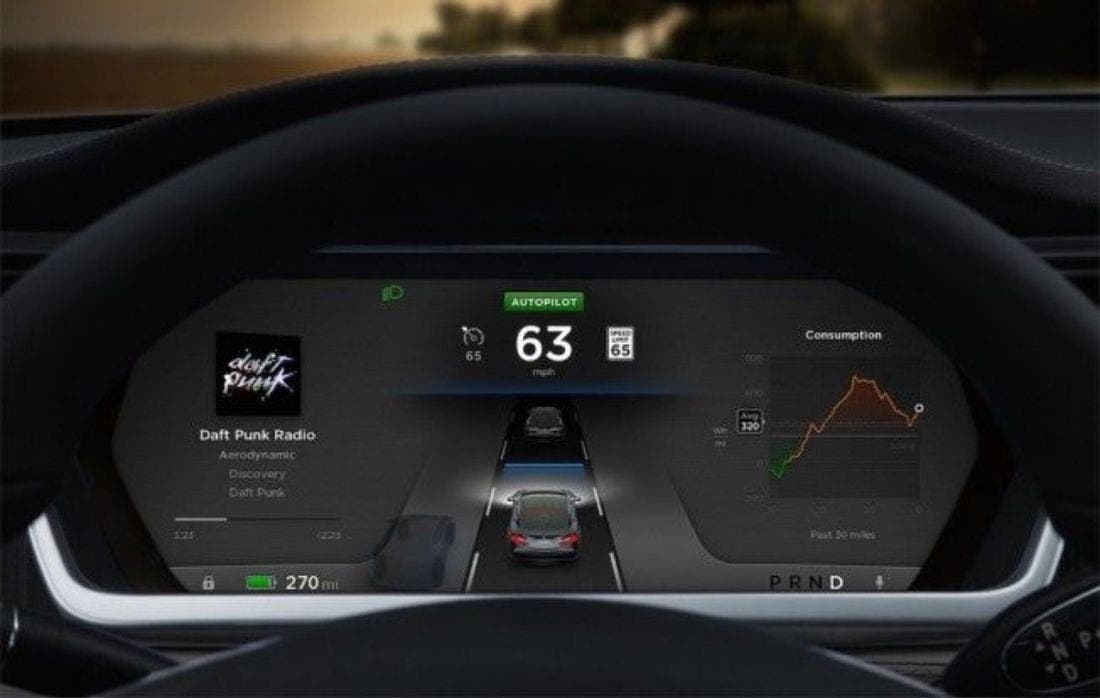A decade ago, the idea of a car capable of moving on its own still belonged to science fiction. Today, test fleets cover thousands of kilometres every week, collecting an enormous amount of data. Driving this race is the belief that autonomous driving will become a colossal business, one capable of transforming not only how we buy cars, but entire service systems such as taxis, deliveries and logistics.
This is where Tesla comes in. For years, the company has treated its cars as digital products in constant evolution. Autopilot and Full Self-Driving are the core of its strategy: every vehicle sends data, that data improves the software, and the improvements then arrive directly to users via over-the-air updates. It’s a vision that relies almost entirely on cameras and has polarised the industry. According to Tesla, understanding the world through video is the most “human” approach, even if it means abandoning sensors like LiDAR. The fast-paced development, however, comes with a cost: every error caught on video goes viral within minutes, reigniting debates about the system’s limitations and driver responsibility.
Tesla vs Google: who’s winning the race to fully autonomous cars?

Meanwhile, Google is taking a completely different path with Waymo, favouring fewer headlines and more concrete results. Its robotaxis are already circulating without drivers in select urban areas of several U.S. cities. The technology is built on a combination of cameras, radar and LiDAR for an extremely precise reading of the environment. But the real strength lies in hyper-detailed mapping, cloud computing power and a data-management infrastructure that only a few companies in the world can afford.
Around these two giants move automakers seeking alliances to stay competitive, startups betting on radical solutions, and suppliers reinventing themselves, shifting from mechanical components to AI platforms, dedicated chips or turnkey software. Everyone is trying to claim a place in a market that is expanding at breakneck speed.
Modern systems can recognise patterns, predict behaviour and detect risks before they become a problem. For now, the results take the shape of far more sophisticated driver-assistance systems. But this progress brings new questions: who is responsible in the event of an accident? How do you verify the correctness of a software decision? What standards should be imposed on AI models?

If robotaxis and fully autonomous services truly take off, the very idea of car ownership could change dramatically. Many people could give up owning a vehicle and rely on on-demand services designed, at least in Tesla’s vision, to cost no more than a bus ticket, with the advantage of picking you up and dropping you off exactly where you want.
Tesla, Google and all other players know that whoever wins this sector will hold a decisive role in the mobility landscape of the next decade. That is why the race continues, with more tests, more data and systems that rely less and less on human intervention. The revolution has already begun.

